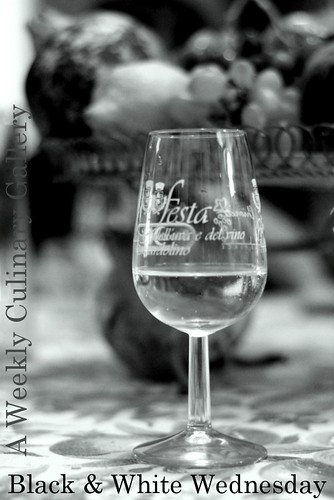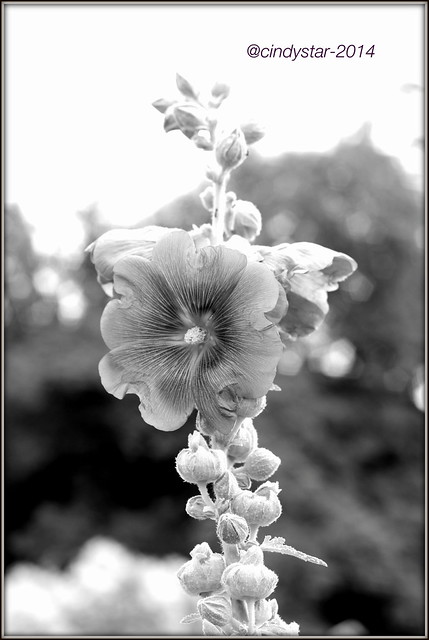Announcing Black & White Wednesday # 136
Happy to announce I will be hosting Black & White Wednesday this week,
you have time to send your entries to casacortella AT tin DOT it
until wednesday 2nd July, at noon Rome time.
The gallery will be on-line in the afternoon.
Simply rules to participate here.
There are always hosting weeks available.,
at the moment Week # 138 July 16 and Week # 139 July 23 are still free.
Please contact me at casacortella AT tin DOT it if you are interested in presenting a gallery.
BWW will go on a Summer break after Week # 140 July 30 and resumed in September, 3rd.
Spontaneous Malva in my garden
Malva is a genus of about 25–30 species of herbaceous annual, biennial, and perennial plants in the family Malvaceae (of which it is the type genus), one of several closely related genera in the family to bear the common English name mallow.
The word mallow is derived from Old English malwe, which was imported from Latin malva, cognate with Ancient Greek μαλάχη (malakhē) meaning mallow, both perhaps reflecting a Mediterranean term.
Several species are widely grown as garden flowers, while some are invasive weeds, particularly in the Americas where they are not native.
Many species are edible as leaf vegetables. Known as ebegümeci in Turkish, it is used as vegetable in Turkey in various forms such as stuffing the leaves with bulgur or rice or using the boiled leaves as side dish. Malva verticillata (Chinese: 冬寒菜; pinyin: dōngháncài, Korean: 아욱 auk) is grown on a limited commercial scale in China; when made as a herbal infusion, it is used for its colon cleansing properties and as a weight loss supplement.
Very easily grown, short-lived perennials often grown as ornamental plants. Mild tasting young mallow leaves can be a substitute for lettuce, whereas older leaves are better cooked as a leafy green vegetable. The buds and flowers can be used in salads.
Cultivation is by sowing the seeds directly outdoors in early spring.
The seed is easy to collect, and they will often spread themselves by
seed.
In Catalonia (Southern Europe) they use the leaves to cure stinging nettles sting.
Bodo tribals in Bodoland, Assam (Northeast India) cultivate a
sub-species of malva and use it extensively in their traditional
cuisine, although its use is not much known among other people of India.
Malva Leaves are a highly cherished vegetable dish in north Indian
state of Kashmir. It is called Soachal.
Malva sp. leaves have been used in the traditional Austrian
medicine internally as tea or externally as baths for treatment of
disorders of the skin, gastrointestinal tract and respiratory tract.
This plant is one of the earliest cited in recorded literature. Horace
mentions it in reference to his own diet, which he describes as very
simple: "Me pascunt olivae, me cichorea, me malvae" (As for me, olives,
endives, and mallows provide sustenance). Lord Monboddo describes his translation of an ancient epigram
that demonstrates malva was planted upon the graves of the ancients,
stemming from the belief that the dead could feed on such perfect
plants (from wikipedia).















2 commenti:
Wow! Beautiful flower and beautiful photo. I love the texture of the petals.
Thanks Simona, have a nice Sunday! ;-)
Posta un commento
grazie della visita e gentilmente firma sempre i tuoi commenti!
thanks for passing by and please sign up your comments!